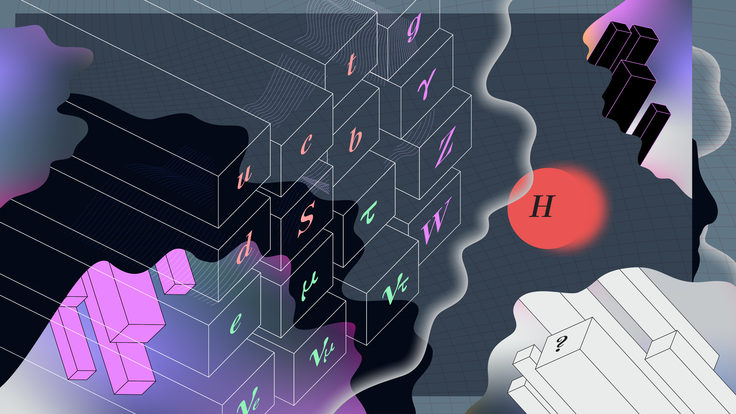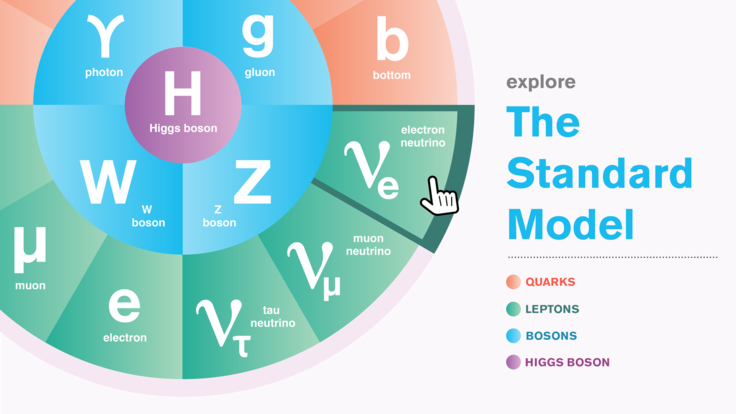Fermilab workshop to explore how proton accelerators could produce nuclear energy
The global demand for electricity is likely to double by 2030, according to the World Nuclear Association. But could particle accelerator technology help solve the world energy crisis?
A breakdown of the world energy supply in 2007. (Source: International Energy Agency)
According to scientists, accelerators might make it possible to use an alternative fuel to produce nuclear energy.
Currently, 6 percent of the world’s total energy comes from nuclear reactors; while fossil fuels, a major contributor to global warming, provide approximately 85 percent, according to the International Energy Agency. Nuclear reactors could supply more of the world’s power, but scientists believe that conventional sources of uranium, a natural resource found in the earth’s crust that serves as fuel for nuclear reactors, are dwindling and could run out within the next century.
An accelerator-driven nuclear reactor would take thorium, an alternative natural resource that is three to four times more abundant than uranium, and convert it into nuclear fuel.
Scientists will discuss plans to research and develop accelerator-driven nuclear reactors at an upcoming workshop on Oct. 19-21 at Fermilab.
Many different design proposals exist, but the basic concept would use an intense proton accelerator to produce high-energy, or fast, neutrons with energies of approximately 10 million electronvolts. Place thorium in the stream of neutrons, and it transmutes, or changes, to uranium, resulting in an abundant supply of nuclear fuel. As a bonus, the accelerator would also destroy the majority of the nuclear waste.

In order to make accelerator-driven nuclear reactors a reality, scientists need to develop an accelerator that is 10 times more intense than any existing machine. A renewed interest in accelerator-driven nuclear energy, as well as a proposed linear collider, pushed scientists to explore new technologies, such as superconducting radiofrequency cavities, to build a high-intensity proton accelerator. It also led to workshops like the one that will take place at Fermilab in October.
“We need to concentrate on solving the accelerator intensity problem. A high-intensity accelerator at Fermilab will help solve a number of physics needs, such as those for a proposed muon collider,” says Fermilab physicist and workshop organizer Rajendran Raja. “It is also the opportune time to examine accelerator-driven nuclear reactors.”
Attendees at the Workshop on the Applications of High-Intensity Proton Accelerators will discuss the challenges for building a high-intensity proton accelerator, focusing specifically on superconducting linear accelerators and their potential applications. The workshop will help advance the design of Fermilab’s proposed Project X and other future accelerators that may use superconducting rf technology. Attendees will also explore other physics programs that will benefit from a high-intensity proton accelerator, such as a proposed neutrino factory and rare kaon and muon decay studies.
Visit the conference Web site for more information about the workshop or to register.







